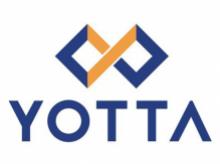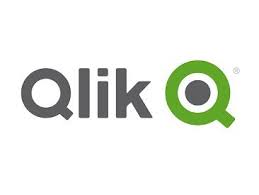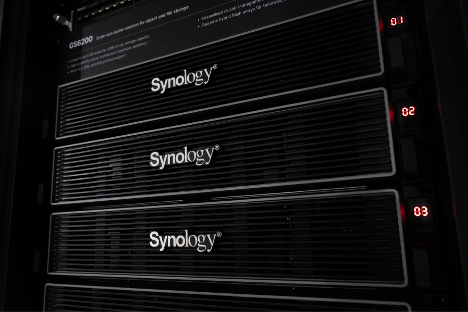Asia Pacific IT, Business Services Spending Down in Q3, ISG Index Shows
After a strong
second quarter, demand for traditional managed services in Asia Pacific dropped
by double-digits in the third quarter, while spending on cloud services
continued to slide, according to the latest state-of-the-industry report from
Information Services Group (ISG), a leading global technology research and advisory firm.
The Asia Pacific
ISG Index, which measures commercial outsourcing contracts with annual contract
value (ACV) of US $5 million or more, shows third-quarter ACV for the combined
market fell 10 percent versus the prior year, to US $4.0 billion, dragged down
by declines in both the managed services and cloud-based XaaS segments.
Managed services
ACV slid 13 percent versus the prior year and 40 percent sequentially versus
the second quarter, to US $651 million. It was the first time in the last 12
months that managed services ACV fell below US $800 million in a quarter, a
period that included two quarters with ACV greater than US $1 billion.
A total of 41
managed services contracts were awarded in the third quarter, down 24 percent
from the prior year. The ACV of new-scope contracts was up 28 percent, while
ACV of restructured contracts was down 81 percent year on year. The market was
down in virtually all industry segments, except for manufacturing, which
produced 16 percent ACV growth.
In the XaaS
segment, ACV was down 9 percent versus the prior year, to $3.4 billion. Even
though it was the fifth straight quarter of decline, the market appears to have
stabilized the last three quarters, after peaking at US $5 billion at the end
of 2021.
“Managed services
has been running hot in the region over the past year, so this quarter’s
decline represents a pause for the market,” said Scott Bertsch, partner and
regional leader, ISG Asia Pacific “XaaS, although still down, looks like it may
have bottomed out and is likely to register year-over-year growth in the fourth
quarter on a favorable comparison with last year.”
In managed
services, IT outsourcing (ITO) ACV declined 9 percent, to US $502 million, in
the quarter, while business process outsourcing (BPO), fell by 25 percent, to
US $149 million.
In XaaS,
infrastructure-as-a-service (IaaS) ACV was down 11 percent, to US $3.0 billion,
while software-as-a-service (SaaS) ACV was up 3 percent, to US $389 million.
Year-to-Date Results
Asia Pacific’s
combined market was down 13 percent versus the prior year, to US $12.9 billion.
It was the region’s first decline through nine months since 2016 when the
market pulled back by 3 percent.
Managed services
rose 25 percent, to US $2.6 billion, its highest level since 2012. A total of
160 contracts were awarded, down 10 percent from the prior-year period. ITO ACV
rose 37 percent, to US $2.1 billion, while BPO was down 9 percent, to US $502
million. The region saw strong growth in manufacturing and media and
telecommunications, while financial services was down year to date.
Australia-New Zealand, the region’s largest geographic market, was up 54
percent, while India, its second largest market, nearly doubled its spending
over the prior year.
In the XaaS
segment, spending through nine months fell 19 percent, to US $10.3 billion, the
region’s first down market at the three-quarters mark. IaaS was down 19.5
percent, to US $9.2 billion, and SaaS declined 18 percent, to US $1.1 billion.
2023 Global Forecast
ISG raised its
forecast for managed services growth by 40 basis points, to 5.4 percent for the
year, and maintained its forecast for XaaS revenue growth in 2023 at 11.5
percent.
“From a
macroeconomic perspective, we’re seeing slower enterprise decision-making,
spending being stretched out over longer periods of time, and persistent
concerns with energy prices and the expectation of a prolonged period of high
interest rates,” Bertsch said. “Clients, though, are still modernizing their IT
landscapes to adopt multicloud environments and hybrid work arrangements, and
are beginning to experiment with enterprise-grade GenAI use cases. Given these
scenarios, we expect the applications market to continue to expand in 2024.”

































Leave A Comment